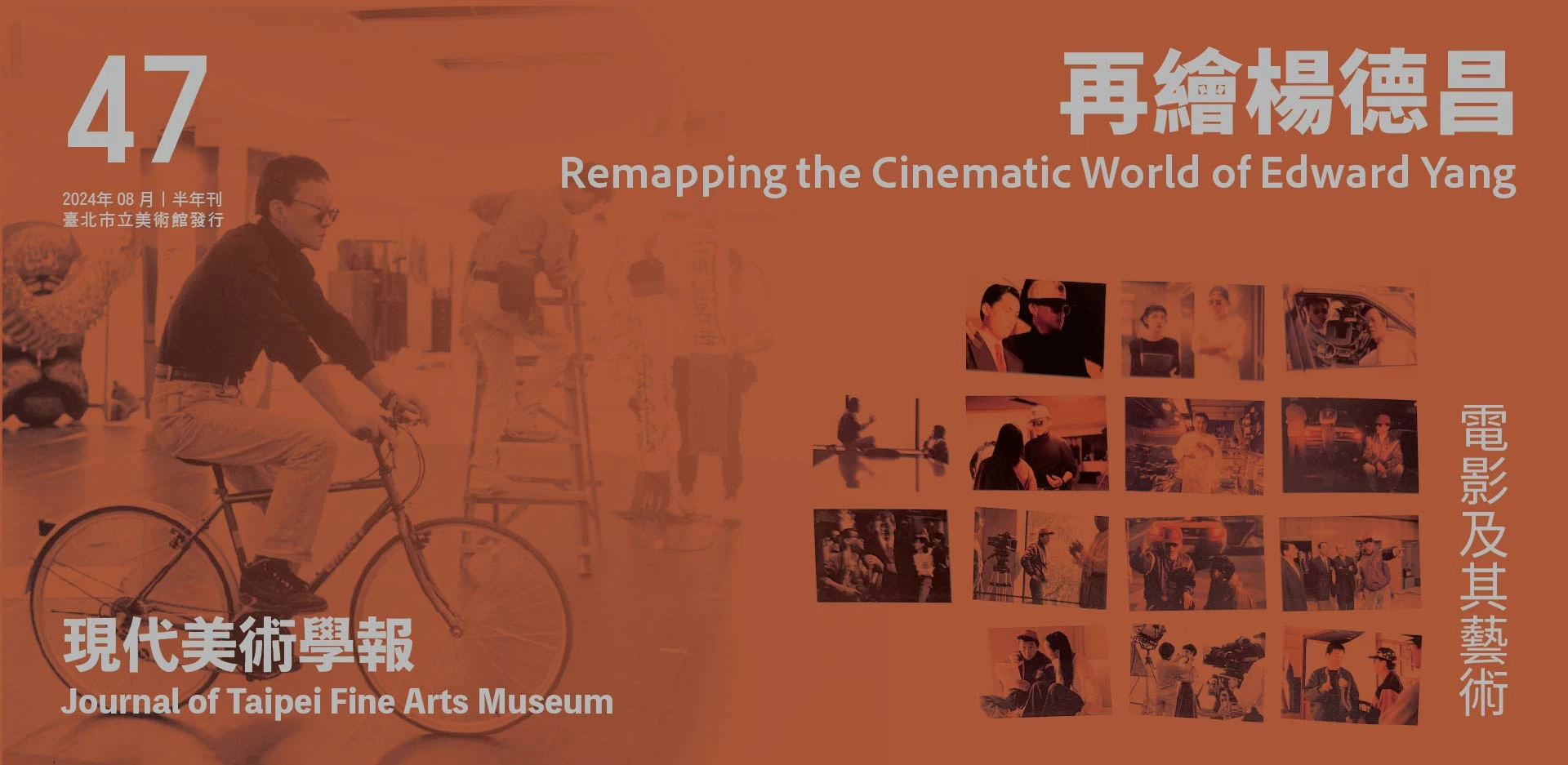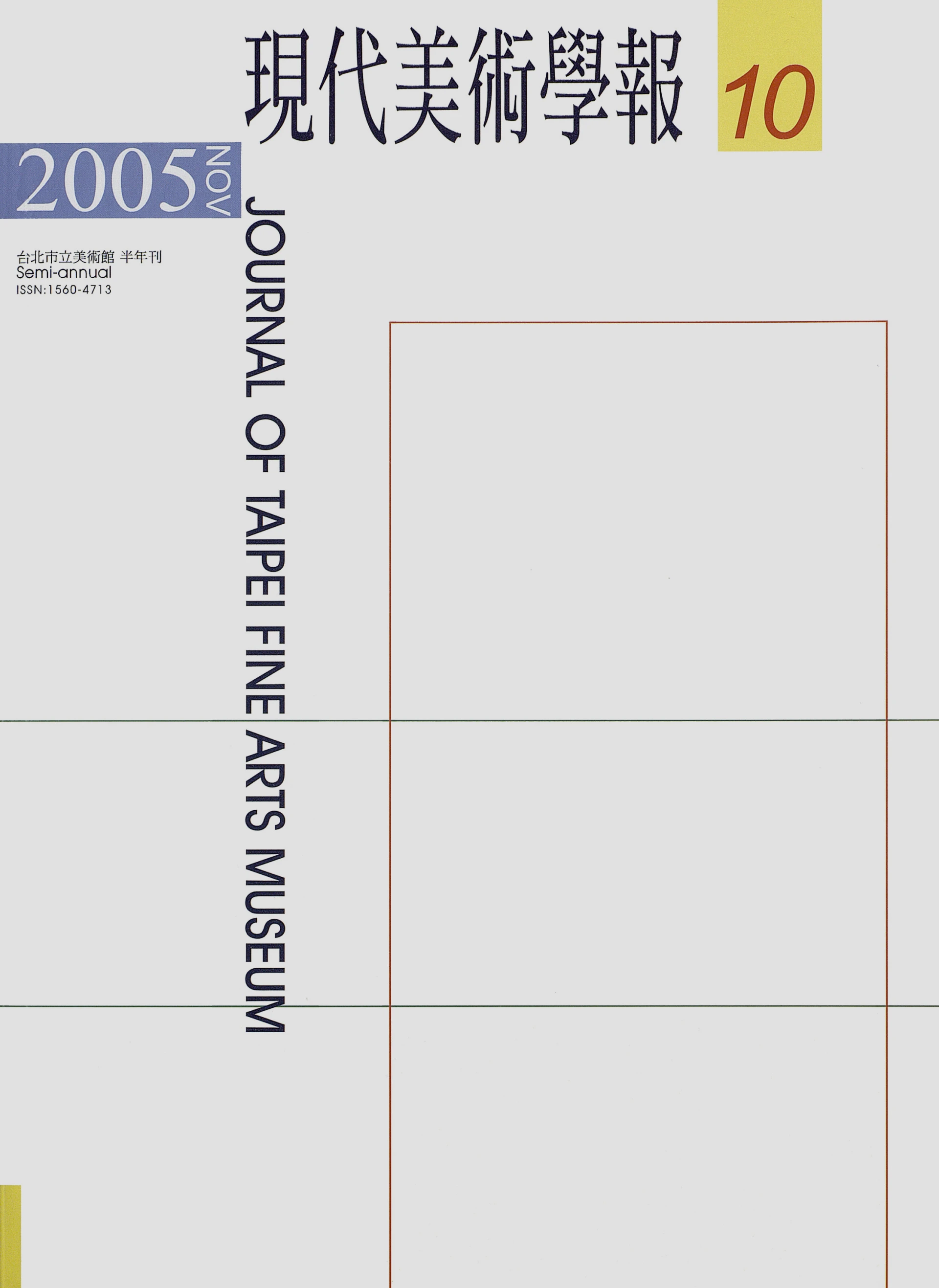摘要
蔡明亮的影像裝置在臺灣當代藝術領域、尤其是影像與錄像藝術的發展上,有著絕對的重要性,因為他是國內少數看出當代影像裝置與電影美學之互動的關鍵在於建築的藝術家。當國外的藝術家早已開始以多元的角度來發展影像裝置與建築的可能、進而讓電影的觀影經驗與美術館的觀展經驗能有更具突破性的串連時,國內藝術家對此領域的意識不足,更突顯了蔡明亮作品的美學價值與重要性。本文先從蔡明亮的影像裝置〈是夢〉(2007)與〈情色空間〉(2007-2010)來概述蔡明亮對影像裝置空間之關注,以及他對裝置空間的概念如何開展他既有的電影美學,再以他的最新影像裝置〈鍋爐裡的劇場〉(2011)來深入論述他如何讓建築作為串連影像裝置與電影美學的關鍵,以及建築與影像裝置在美學上如何呈現出多層次的互涉。
關鍵詞
蔡明亮、建築、影像裝置、影像與錄像藝術、電影美學、電影觀看
Abstract
Tsai Ming-liang's film insta llations possess an important role in Ta iwanese contemporary art, especially in the area of film and video art, for his observations that architecture is a key in connecting film aesthetics and film installation. While western artists have developed diverse strategies to explore the affinity between film installation and architecture, Taiwanese artists have not yet responded to this aesthetic breakthrough. As a filmmaker who has always been concerned with urban environments, Tsai takes an architectural approach in his film installations and thus creates a relatively more dynamic relationship between images, spaces and spectators when compared to other works of film and video art in Taiwan. This essay will first examine his recent works It's a Dream (2007) and An Erotic Space (2007-2010) to describe his concerns for architectural spaces in film installations and how his concept of film and video art responds to his film aesthetics. In later sections, the essay will look at his latest work The Theater in the Boiler Room (2011) to deepen the discourse of how architecture serves as the crucial element in connecting film installation and film aesthetics.
Keywords
Tsai Ming-liang, architecture, film installation, film and video art, film aesthetics, film spectatorship






